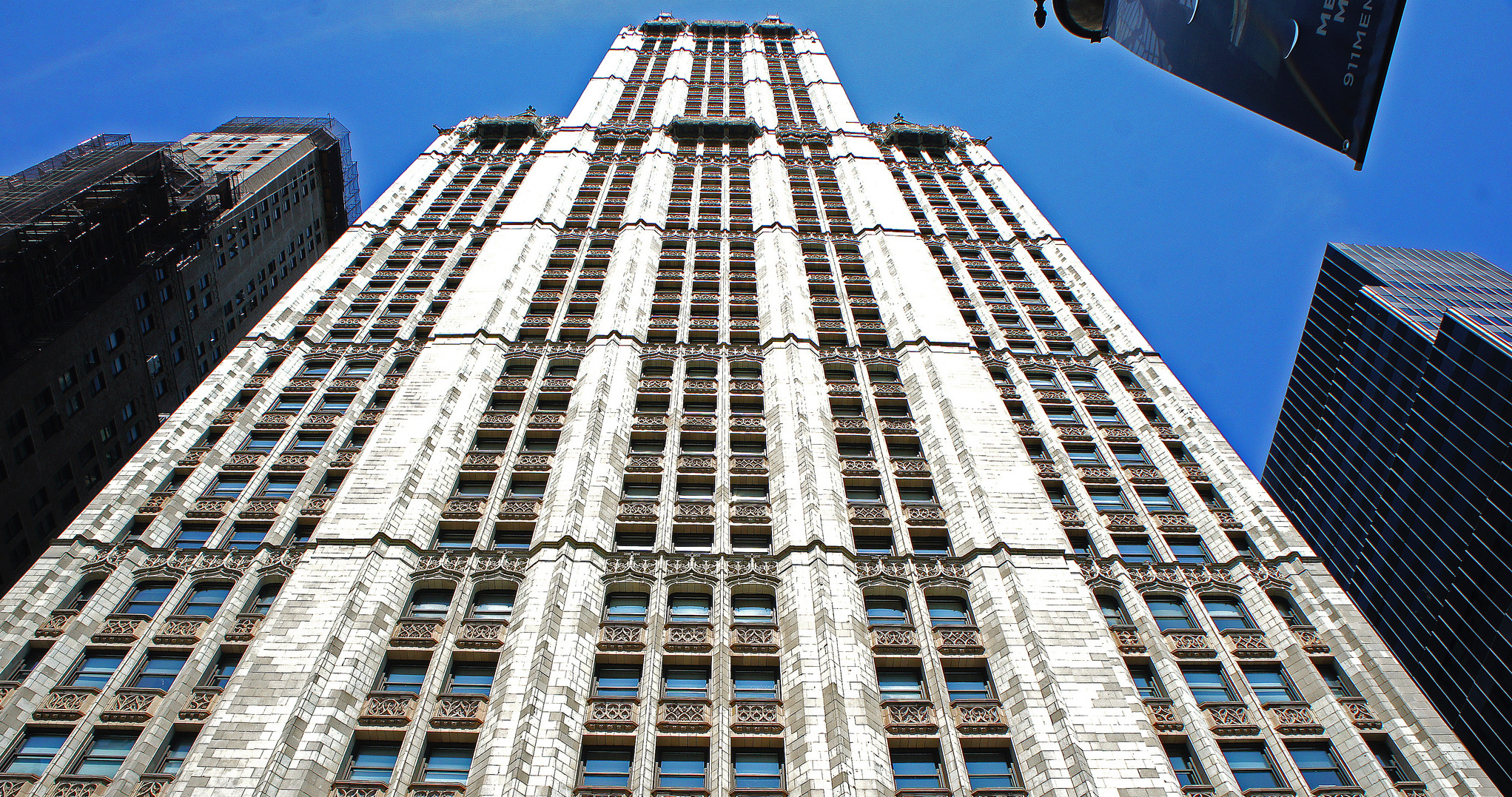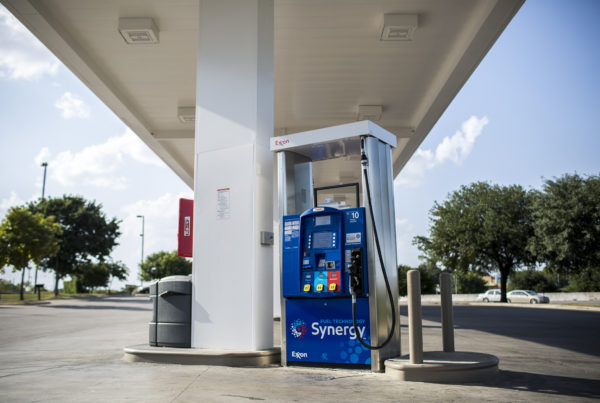Despite the conveniences digital technology affords us, we also have a complicated relationship with it: cell phones are perpetually at hand, we talk to our smart speakers – and sometimes it talks back – and the country’s first robot brothel could soon be built in Houston.
The new “Cult of the Machine: Precisionism and American Art” exhibition at the Dallas Museum of Art could be just the thing to help modern-day Americans come to terms with our technological culture by looking at how people dealt with it in the past.
Sue Canterbury is curator of the exhibition and says the word “cult” is a nod to the interwar period when people were obsessed with machines. She says some were looking for a technology to help restore order to their lives after World War I, while others people feared the changes technology might bring.
“It was seen as an enhancement of life, on the one hand,” Canterbury says. “And then on the other hand you had other individuals who were concerned … that they would become slaves to the machine.”
At the same time, construction was booming, especially in New York where the skyscraper became emblematic. But skyscrapers required advanced technology in order to be built, including new steel-frame architecture. The steel “skeleton” of the building held the building’s weight as opposed to its outer walls, which was how buildings used to function.
“That meant you could go much higher,” Canterbury says.
At the same time, the high-speed elevator came into popular use. Canterbury says the Woolworth Building in New York, which was built in 1913, had high-speed elevators and a steel frame. Canterbury says it, and other buildings built during the same period, started to appear like machines themselves.
“New York was this city of vertical machines,” Canterbury says.
A visual art movement was taking place at the same, and Canterbury says it reflected the machine aesthetic. She says artists depicted smooth surfaces within their paintings, and their works were stripped down with limited details or texture. This is the kind of art featured in the exhibition. The aesthetic also spilled into the design of consumer products like cars and radios.
Canterbury says we can look back on this period of technological transformation to learn how to better deal with our own technological changes today. We grapple with a flood of information and a compulsion to check our phones and social media accounts, and Canterbury says it’s like an addiction.
“We’re still trying to come to terms with technology in modern times,” Canterbury says. “We’re constantly being challenged to upgrade to the next thing or we’re having to learn yet a new platform.”
Canterbury’s favorite piece in the exhibition is a set of gates that were installed in the executive suites in the Chanin Building in New York City; they’re covered in cogs and gears on both sides, and they’re part-steel and part-brass. The Cooper Hewitt Smithsonian Design Museum now owns the gates.
“You have this vision of this really wonderful moment within Art Deco design … of this interest in cogs and gears as a design element in and of itself,” Canterbury says.
Written by Caroline Covington.














